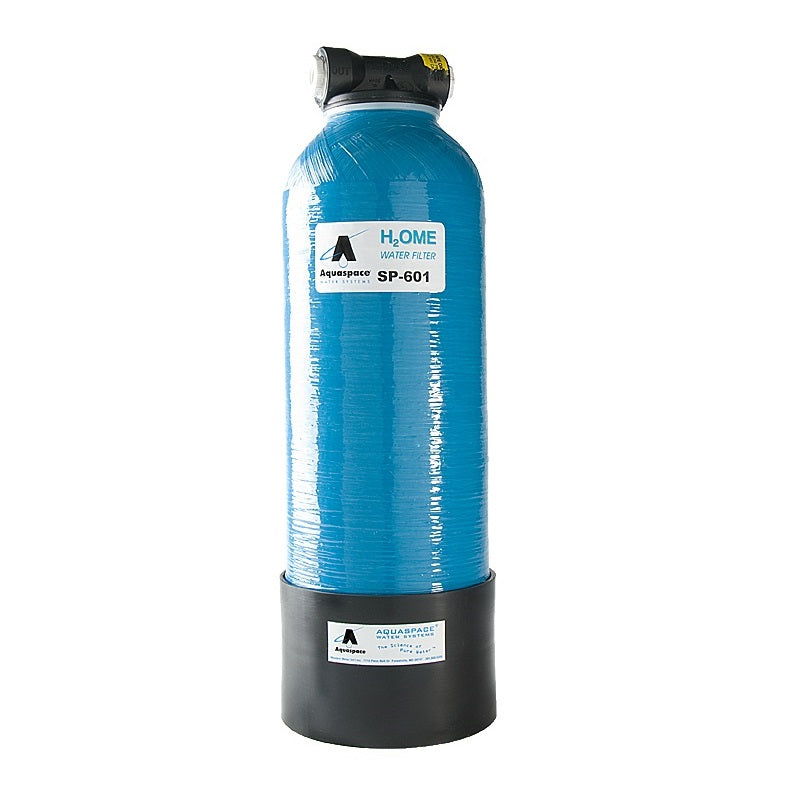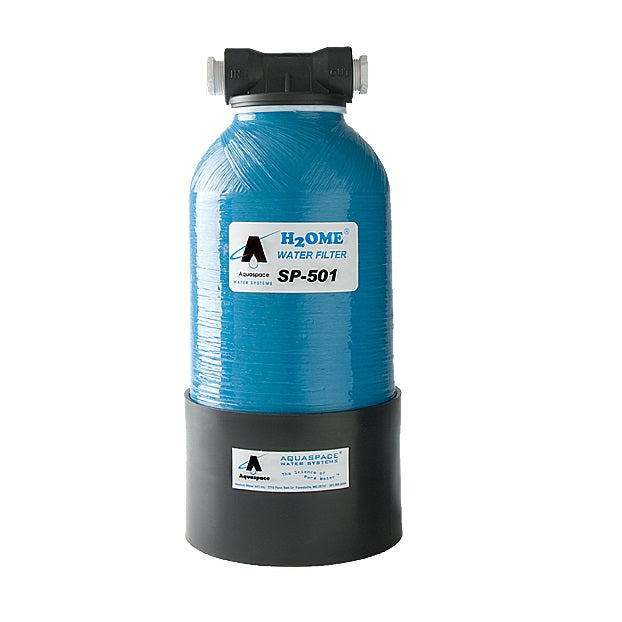Water filters have various different lifetimes. Generally, it depends on how often they’re used, in what capacity and to what degree they’re used for filtration. In the case of under-the-sink filters, there are a couple of different filter types that affect how often the filters last. For example, a granular activated carbon (GAC) filter, like in our Aquaspace® cartridge, will last for about 12 months or 1,000 gallons, whichever comes first.
Most water filters typically come with a time and/or gallon capacity. The gallon capacity will almost always be more accurate for predicting when to change out a filter; however, tracking gallon usage is not always feasible on a countertop or under-the-sink filter, which is why the time capacity should be used.
The physical unit itself will last for many years, provided you replace the cartridges regularly. Many Aquaspace® customers have units that are more than a decade old, and are still regularly changing their filters at six- and 12-month intervals! Performing some basic, routine maintenance for longevity is the best way to keep a filter unit working.








